Director: Tom Laughlin
Writer: Tom Laughlin, Delores Taylor
Cast: Tom Laughlin, Delores Taylor, Clark Howat, Victor Izay, Julie Webb, Debbie Schock, Teresa Kelly, Lynn Baker, Stan Rice, David Roya, John McClure
Running Time: 114 min.
By Zach Nix
Steven Seagal is one of the most interesting action stars to ever grace the screen and achieve a significant amount of success. He’s always been a personal obsession of mine, especially because his output ranges from the highest of highs (i.e. Above the Law, Hard to Kill) to the lowest of lows (Attack Force, Kill Switch). The greatest compliment that I can pay Seagal, and the reason why he finds himself towards the top of my list of the greatest action stars of all time, is because he has always remained true to himself, no matter the quality of his films. Sure, he’s gotten lazy and resorted to body doubles and voice dubbing, almost not even caring whether or not the action in his films looks goods. However, his moral and political values have remained just about the same across all of his films and characters, with some slight adjustments here and there. That’s something you definitely cannot say about every action star out there. Therefore, Seagal will always hold a special place within my heart for being the uniquely political, ecological, philosophical, and physical force that he is.
After haven seen many of his films and read numerous articles and essays on them, I discovered several comparisons of Seagal’s work to that of Tom Laughlin, the actor and director of the infamous Billy Jack series. Lately, nothing interests me more than discovering the lesser known or underappreciated origins of a more successful entertainer and/or piece of cinema. Therefore, I finally decided to watch the most famous and notable film in the series, 1971’s Billy Jack, in order to see how similar the property and its creator was to Seagal’s own persona and body of work. As someone who has seen many of Seagal’s films, I can attest that the comparisons are blinding, as Laughlin’s message infused genre cinema essentially laid the groundwork for Seagal’s own brand of bone crunching entertainment with a heart. Although the narrative and directorial quality of Billy Jack is far from perfect, the historical and artistic significance that surrounds the film is not to be ignored, as Laughlin proved himself a true originator and activist of independent cinema, martial arts, and Native American injustices.
Billy Jack is technically the second film in a four-part saga about Billy Jack, a quasi-Native American martial artist who stands up for what he believes in and challenges the corruption that surrounds him. The first film in the series, 1967’s Born Losers, was the first true introduction of the character. However, much like the Mad Max franchise, the second entry in the series stands as the one that most people seem to remember, with some even going so far as to mistake it as the first entry in the series. In Billy Jack, the titular protagonist finds himself clashing head to head with the police and citizens of a nearby town in regards to an ongoing ordeal concerning a hippie-themed school run on Native American land. When the troubled daughter of the town’s corrupt sheriff finds solace at the school, he and the county’s political boss make it their goal to shut down the school and rid the land of Native Americans. However, they’ll have to go through Billy in order to get the sheriff’s daughter back.
As far as titular heroes come, Laughlin’s Billy Jack is the ultimate mythic American hero. He’s a larger than life figure whom fights for what’s right, ultimately putting his own self being on the line in order to stand up for what he believes in. He has little patience for authority, especially corrupt figures within power, such as the town’s corrupt sheriff and political figure. Much like Seagal’s characters in his own movies, Billy eventually takes the law into his hands, going after those whom believe themselves to be above the law. He also practices martial arts, specifically hapkido, and uses it to dispatch those he disagrees with. From Billy’s innate frustration with the system that surrounds him, to his whispered performance, to even his awesome brutal fist fights, there’s no doubt that Billy, and Laughlin in general as an artist, were the seeds for how Seagal would mold himself as a performer.
Another unique aspect of Billy is that he is part Native American, specifically of the Navajo tribe. Throughout the film, he tries to shed light on the injustices done to Native Americans by cruel racists, while also enlightening others to the ways of the Native American, through both his uniform and cultural practices. It’s interesting that Laughlin was enamored with the Native Americans, especially the spiritual aspect of them, just as Seagal showed interest in them within his own directorial debut, 1994’s On Deadly Ground. (Note: It’s quite ironic that both Billy Jack and On Deadly Ground feature oodles of ADR, essentially proving just how artistically linked the two performers were). While I cannot confirm that the practices or garb demonstrated within the film are culturally accurate, Laughlin’s ambitions are to be commended, as just about no one else in American cinema was making an effort to demonstrate the woes of the Native Americans, especially within a contemporary setting, a specific element that was all but absent from First Cinema representations of Native Americans.
At the time of its release, Billy Jack failed to drum up commendable box office dollars or word of mouth. After all, it was just a small independent feature made outside of the system. However, once Laughlin himself obtained ownership of the film and distributed his own way, it became a box office smash hit and essentially established the blockbuster format of theatrical distribution. After Laughlin obtained over one thousand copies of his own film, he released them across the nation in several theaters upon the same day, which was unheard of at the time. Therefore, he essentially established the now traditional format of Hollywood’s theatrical distribution. By the end of its theatrical run, Billy Jack drummed up a whopping $35 million off of a $800,000 budget. If one were to take inflation into account, then Billy Jack’s numbers would soar even more, proving how hugely successful it was at the time. The franchise’s second sequel, The Trial of Billy Jack, would also employ this distribution method, scoring huge box office numbers as well. Whenever someone says that Jaws was the first blockbuster for the umpteenth time, remember to pull the Billy Jack card on them, and break the foundation of their argument thanks to Laughlin’s hugely influential release strategy.
If all of those accomplishments weren’t enough, then also remember that Laughlin more or less introduced American audiences to martial arts. Although in no way a straight action film, Billy Jack features a few scenes of hapkido action, including a stand out set piece where Billy goes to town on a group of men in the center of a park. This sequence alone will get martial arts fans’ blood pumping, as it features some rather brutal take downs and good cinematography, choreography (by Hapkido Grand Master Bong Soo Han) and editing. While martial arts cinema had already been on the rise in the early 70s, especially with the arrival of Bruce Lee, Laughlin helped introduce the art form and sub-genre to American audiences all within his message infused drama.
All compliments and praise aside, Billy Jack is not immune to criticism, as the independent film unfortunately features some notable flaws. Although Laughlin made great stride from a historical stand point, his immediate direction is far from great. For starters, the story of his film is fairly unfocused and sort of bounces around from sub-plot to sub-plot with little of a through line, in case you classify theme as a through line. Some sub-plots, such as Billy’s ever increasing struggle with the town’s racist citizens, provide the best highlights of the film. However, all of the scenes involving the freedom school students and their efforts to bond with the townspeople come out the weakest. It’s clear that these scenes were fairly improvised, as the younger actors feel amateur and their conversations loose. A major problem with these scenes is that they run for far too long and feel entirely unfocused. Laughlin could have chopped a whopping 30 minutes from his two-hour film if he were to shorten these far more.
Speaking of time, Billy himself has very little screen time, even to the point where he’s not much of a protagonist. He vanishes from the film for long stretches of time, even to the point where I had trouble remembering what occurred in his most recent scene. My theory as to Laughlin’s extended absences are as follows: 1) Laughlin’s dedication to directing from behind the camera probably swallowed up a lot of his time and prevented him from being in as many of the film’s scenes as possible, and 2) those dang freedom school improv scenes that run for far too long and swallow up whole chunks of time fill in the gaps where Billy vanishes altogether. In all honesty, I believe that the towns people, the freedom school students, and the police have more screen time than Billy. While it’s too late to change anything now, I bet that a far more polished script, as well as more time and money (as it was an independent production after all), could have resulted in a far better film with a stronger focus.
Nowadays, cinematic franchises that dominate the public’s interest due to their marketable intellectual property bore me. The Star Wars, Marvel, and Transformers films of recent don’t excite me the way they do everyone else. It’s mostly because they all feel stale and take zero risks, as they reek of board room meddling. Therefore, I tend to find my excitement in the bygone films of yesteryear, or even daring contemporary ones, especially the obscure risk takers. Case in point: Billy Jack. Laughlin’s martial arts infused message movie utterly captivates me, as it tackles many subjects and comes out a mixed blender of ideas and entertainment that is unlike much else before or after it, save for Seagal’s cinema. It’s astounding how historically significant the film and its creator was, as blockbuster distribution, Native American activism, and martial arts cinema owes a huge debt to Laughlin and his Billy Jack, even though his film was far from perfect. With the recent announcement of Shout Factory’s Complete Billy Jack Blu-ray Collection, which will finally replace the long out of print DVD set, it seems that it’s Billy Jack’s time to shine in the light again, and for cinema buffs to rediscover the pleasures of Laughlin’s fascinating cinema.
Zach Nix’s Rating: 7/10

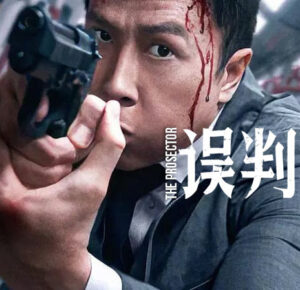


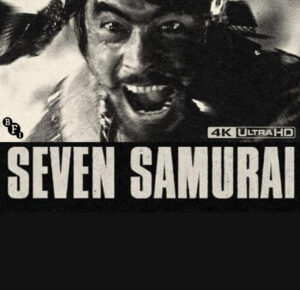
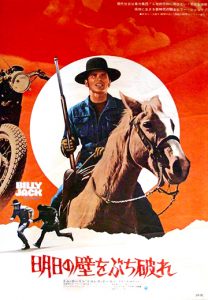
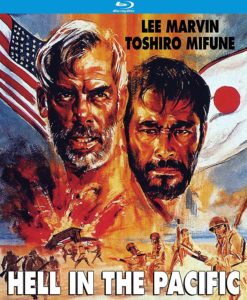
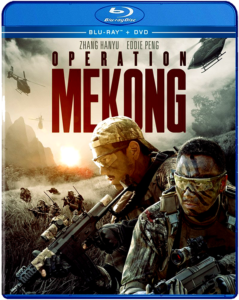

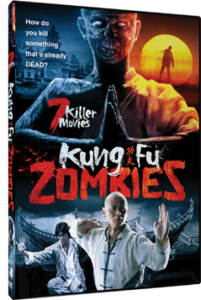
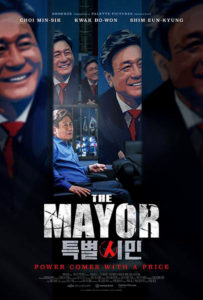

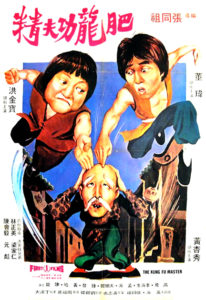
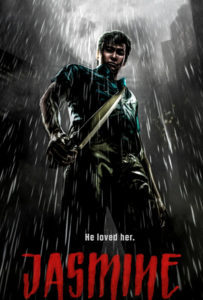
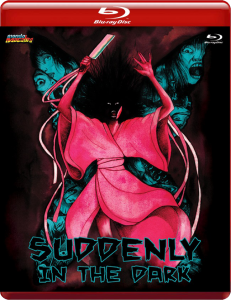
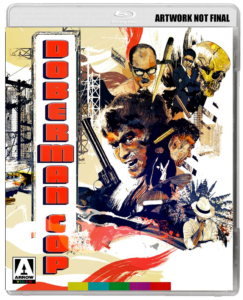
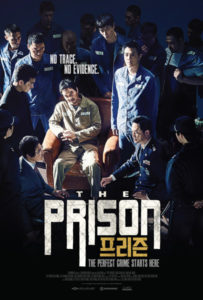

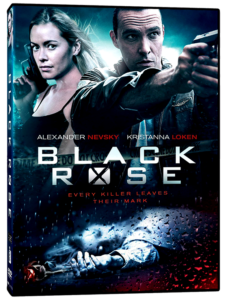



Be the 1st to Comment